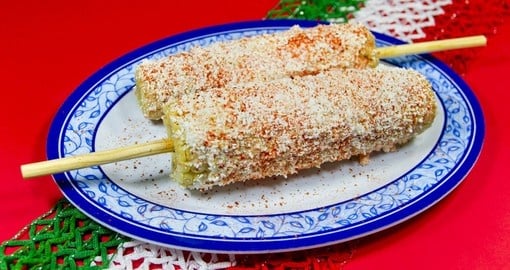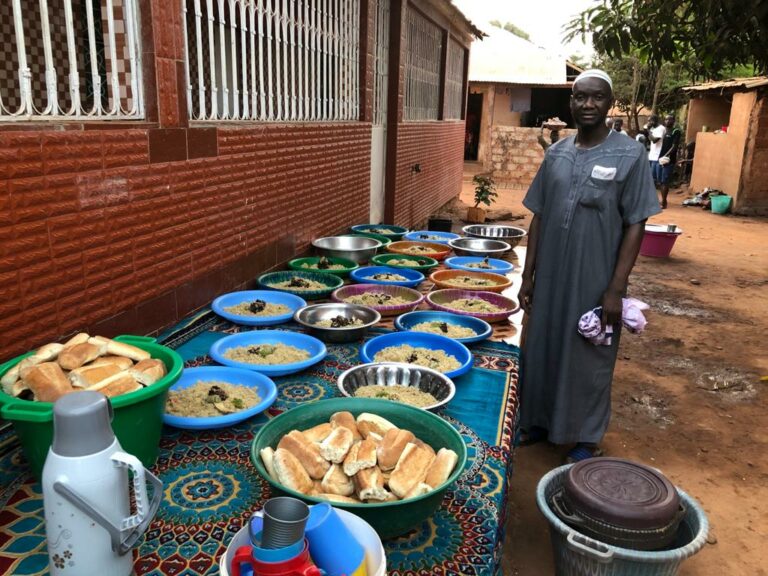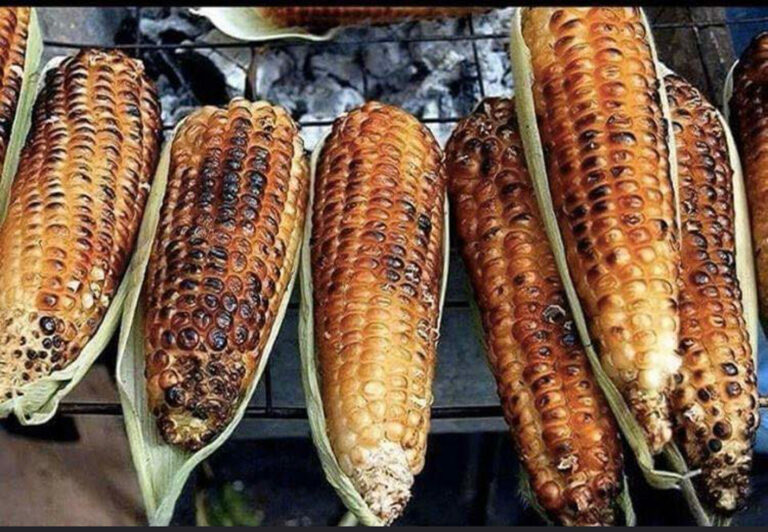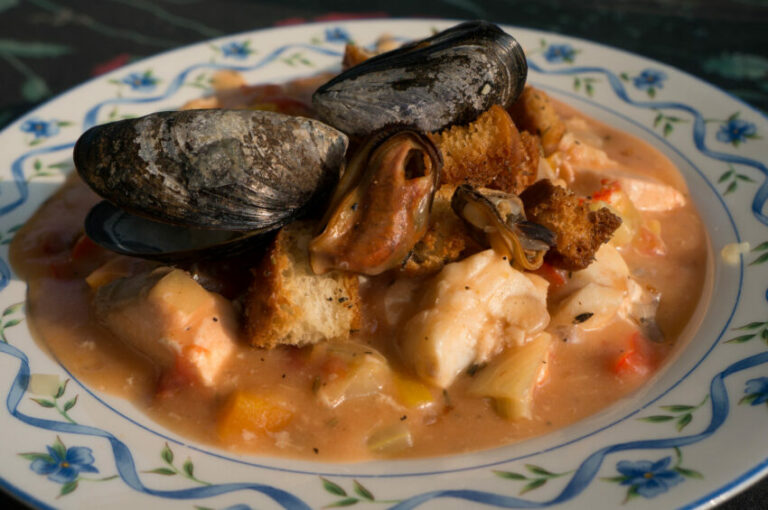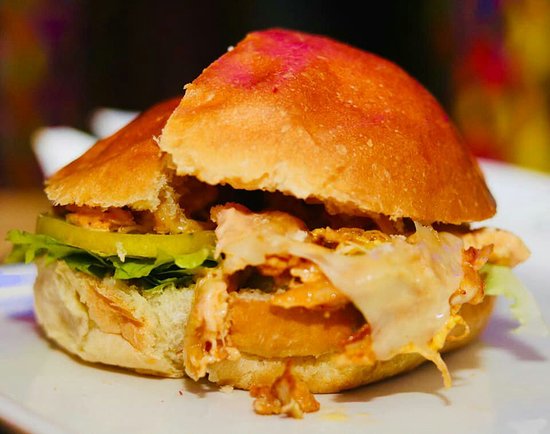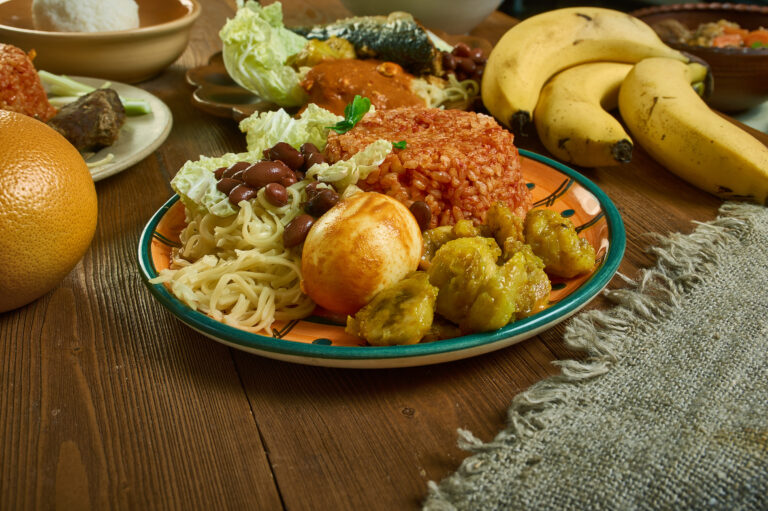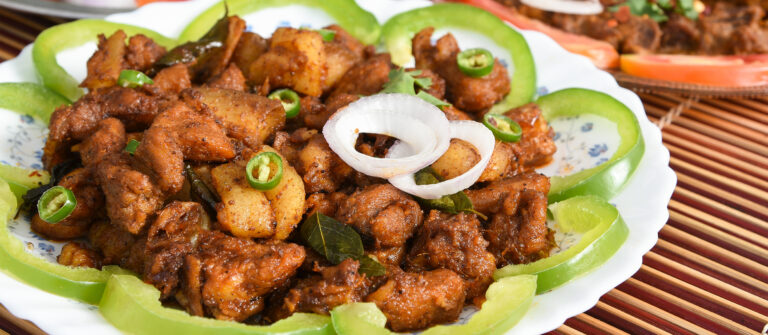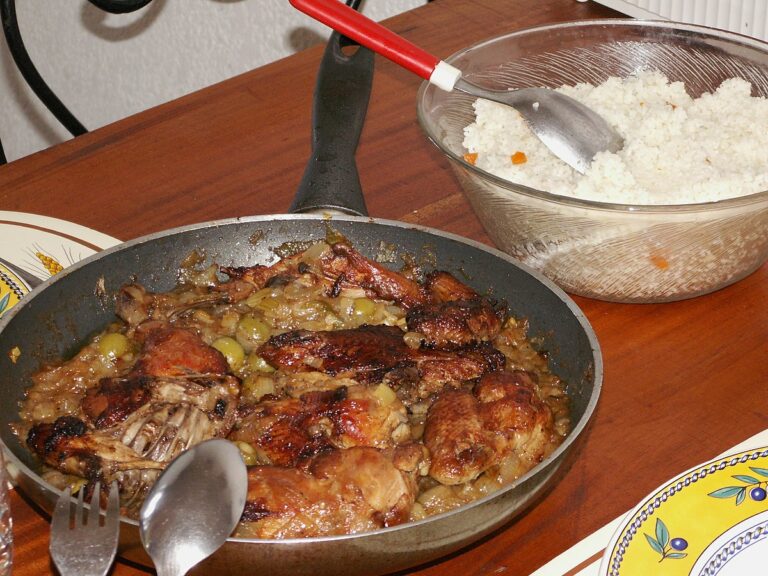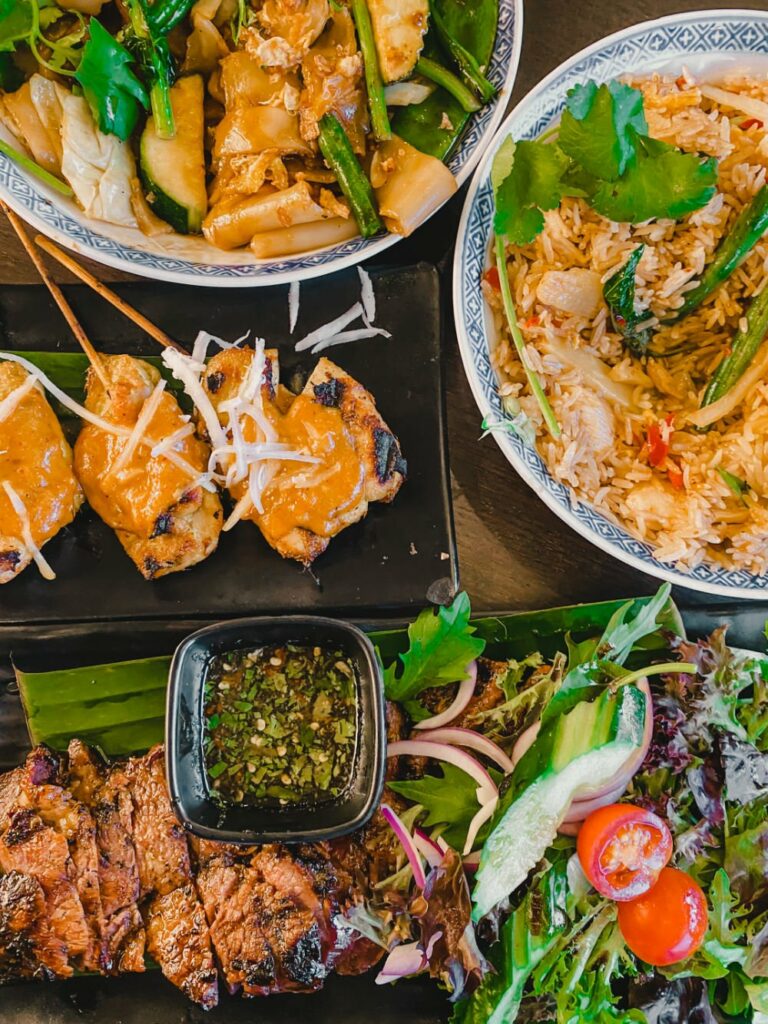Introduction: Exploring Guatemalan Cuisine
Guatemalan cuisine is a rich and diverse blend of indigenous Mayan, Spanish, and African influences. The country’s varied terrain and climate provide a wide range of ingredients used in traditional dishes and street food. From the highlands to the coast, Guatemala is a treasure trove of unique flavors and culinary traditions.
Seasonal Ingredients in Guatemalan Cooking
Like many other cuisines around the world, Guatemalan cooking relies heavily on seasonal ingredients. The country’s tropical climate allows for a variety of fruits and vegetables to grow year-round, while cooler highland regions provide ingredients better suited to cooler weather. Each season brings a new set of ingredients and dishes that reflect the changing bounty of the land.
Spring Ingredients and Dishes
Spring in Guatemala is a time for fresh, green ingredients like cilantro, parsley, and mint. These herbs are used in a variety of dishes, including soups, stews, and sauces. Other seasonal ingredients include asparagus, green beans, and peas, which are often used in vegetable dishes and salads. Spring is also the time for the famous Guatemalan dish Pepián, which is made with chicken, beef, or pork and a rich, spicy sauce made from pumpkin seeds.
Summer Ingredients and Dishes
In the hot summer months, refreshing fruits like mangoes, pineapples, and watermelons take center stage. These fruits are often used in refreshing drinks and desserts like raspados, a type of shaved ice, and helados, a type of ice cream. Tomatoes, corn, and peppers also ripen in the summer, making their way into dishes like chiles rellenos, a stuffed pepper dish, and elote loco, a street food snack made with grilled corn and a variety of toppings.
Fall Ingredients and Dishes
Fall brings cooler weather and heartier dishes to the table. Squash, pumpkins, and sweet potatoes are in season, and are often used in soups and stews. Guatemalan tamales also make an appearance, filled with meats, vegetables, and spices. Apple and pear-based desserts like atoles and ponches are also popular in the fall.
Winter Ingredients and Dishes
Winter in Guatemala brings cooler temperatures and an abundance of root vegetables like yucca, potatoes, and carrots. These ingredients are often used in hearty stews and casseroles, like the popular dish jocón, made with chicken and a green sauce made from tomatillos. Winter is also the time for tamales negros, a savory tamale made with black beans and chicken or pork. Hot drinks like chocolate caliente and ponche are also popular during the winter months.
In conclusion, Guatemalan cuisine is full of seasonal ingredients and dishes that reflect the country’s diverse landscape and climate. From refreshing summer fruits to heartier fall and winter dishes, there is always something new to discover in the world of Guatemalan cooking.

